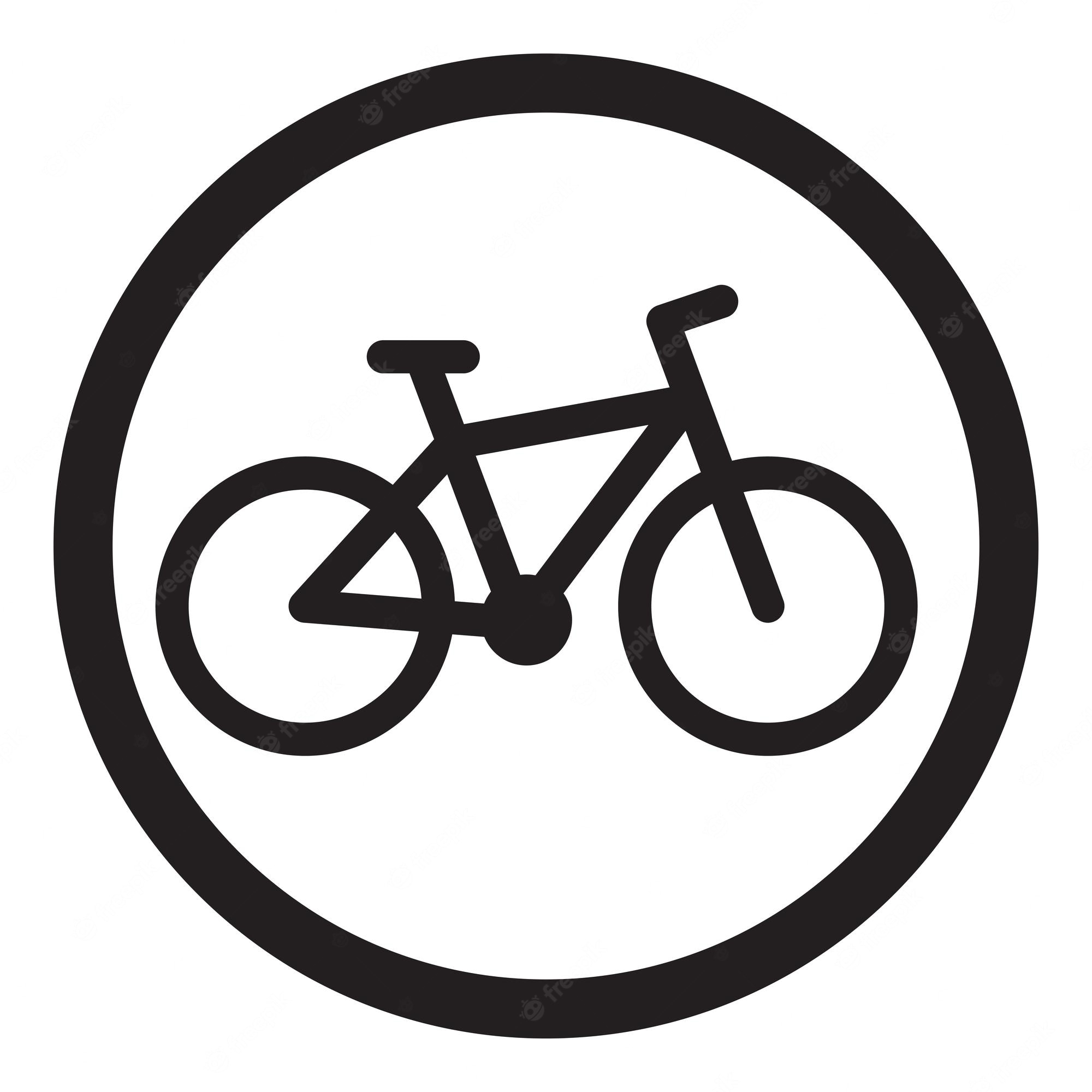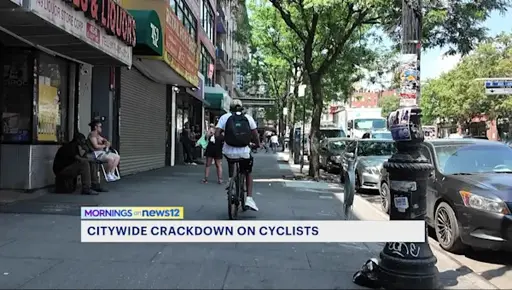So uh, if you break the law a ticket seems pretty appropriate. I ride an E-bike to work. I stop at stop signs and red lights, I don’t ride on the sidewalk.
If you make the same violation in a car, you get a traffic ticket. In a bicycle, you go to criminal court. This is why this is considered unfair.
I missed that, yeah that does suck.
Not to mention in a car you’re putting pedestrians, drivers and other road users in danger. On a bike you’re pretty much just putting yourself in danger.
Yes I know its possible for a cyclist to injure/kill a pedestrian, but its very very rare compared to cars killing people.
I’m pretty sure you’d get a bit more than a traffic ticket if you drove a car on the sidewalk.
bycicles are not cars though
That is correct. Good job.
🥺🏆
“If a 4,000-pound SUV runs a red light, they get a ticket and you pay it online. You’re done with it in a matter of minutes. But if a 60-pound bicycle runs a red light, then they can get a criminal summons, which means you have to take a day off of work, go to court, probably you should hire a lawyer. And if you are an immigrant, then that can put you at risk of deportation,” Berlanga said.
This comes as the city started issuing criminal summonses to cyclists back in April for basic traffic violations, like running a red light or riding on the sidewalk. Berlanga said it’s not the bikers that are the problem, but the infrastructure. She pointed to the lack of protected bike lanes on East 149th Street.
Maybe they shouldn’t be running red lights?
Like, it seems the major complaint is now that they’re being held accountable for running red lights, it’s inconvient to go to traffic court.
They point out cars are different, but do it too many times in a car and you don’t have a license. When regulating something that anyone can do without a license, fines are just a tax that poor people can’t afford
Like, if anything they should be arguing for everyone who runs red lights to need to be inconvienced and spend a day in court
Instead they’re arguing no one should have to do that
Which kind of runs against their narrative, but even reading it twice I still don’t understand how running a red lights on a bicycle makes anything safer… Especially for the cyclist.
Bicycles are not cars, and should not be treated identically to cars. Your post sounds like you’ve never ridden a bicycle in a city before. Bicycles stopped at traffic lights are kinda in an impossible situation. Coming to a 100% complete stop means dismounting and putting your feet on the pavement. Briefly becoming a pedestrian in the road. Basically asking people to rear end you, because they don’t expect a 100% complete stop either. Red lights become “yield” signs. “Stop as yield” or an “Idaho stop” are known to be safer for everyone.
No, a red light is a red light.
The fact that bikes are not cars should lead you to a different conclusion. Running a red light on a bike is much closer to jaywalking a red light as a pedestrian.
Read the link people! It’s legal in 6 states! Why am I still getting replies saying the same thing?
Idaho Stop
That may be a law in a few states, but New York is not one of those.
But the author isn’t advocating for this law, she’s arguing that cyclists should be treated the same as cars…
Which is what you’re apparently mad at me about?
Did you mean to reply to the main post and you’re arguing with the article’s author? I don’t think she’ll read these comments.
I still don’t understand how running a red lights on a bicycle makes anything safer… Especially for the cyclist.
https://en.wikipedia.org/wiki/Idaho_stop#Safety
A 2009 study showed a 14.5% decrease in bicyclist injuries after the passage of the original Idaho Stop law (though did not otherwise tie the decrease to the law).[15][16] A Delaware state-run study of the “Delaware Yield” law (allowing bicyclists to treat stop signs as yield signs) concluded that it reduced injuries at stop-sign controlled intersections by 23%.[17]
It’s safer dude. You asked how it was safer, here are numbers of how it’s safer.
Oh ok, that’s what you were doing.
Sorry, I got confused when you were accusing me of agreeing with the author.
And now you’ve clarified that a single study has shown a correlation:
A 2009 study showed a 14.5% decrease in bicyclist injuries after the passage of the original Idaho Stop law (though did not otherwise tie the decrease to the law).
I actually downloaded the PDF to read what was going:
Repeated stopping increases risk of injury from repetitive stress. The act of a hard stop, and the 28 subsequent resuming of speed from a hard stop, involves considerable strain on joints, >particularly the 29 wrists and knees but also the shoulders, elbows, neck and low back. (cite) The wrist suffers >strain under 30 vibration, flexion and torsion during hard stops.
To get that 14.5% decrease, they’re counting the “physical strain” of having to start from a stop. But if they’re supposed to be coming to a full stop anyways, they have the same amount of starts…
Still doesn’t make any logical sense to me how it’s safer, but it lead me time more info in the end, so thanks!
https://web.archive.org/web/20160723102129/http://www.arch.ksu.edu/seamon/fajans.htm
These Berkeley Professors bring up an interesting idea. Not so much mentioning safety directly. But they mention 2 different possible routes, one with more stop signs and one with more traffic and fewer stops.
While a drop of a few miles per hour may not seem like much to a car driver, think of it this way: the equivalent in a car would be a drop from 60 to 45 mph. Because the extra effort required on California is so frustrating, both physically and psychologically, many cyclists prefer Sacramento to California, despite safety concerns. They ride California, the official bike route, only when traffic on Sacramento gets too scary.
So perhaps adding “stop as yield” changes the calculation for what is the fastest route by bicycle. Which leads bicycles to take safer routes with more stop signs and fewer cars. That could explain some of the decrease in accidents when states/cities pass these laws. Change in bicyclist behavior.





